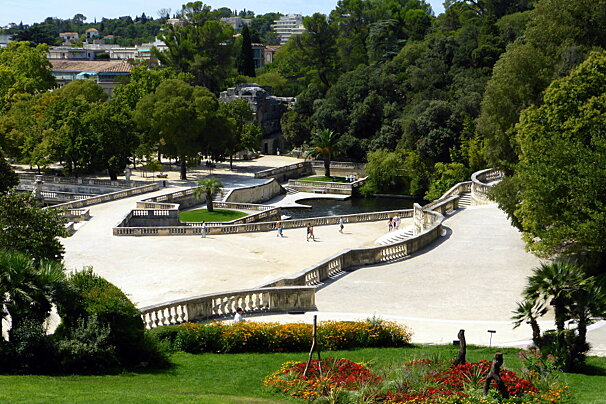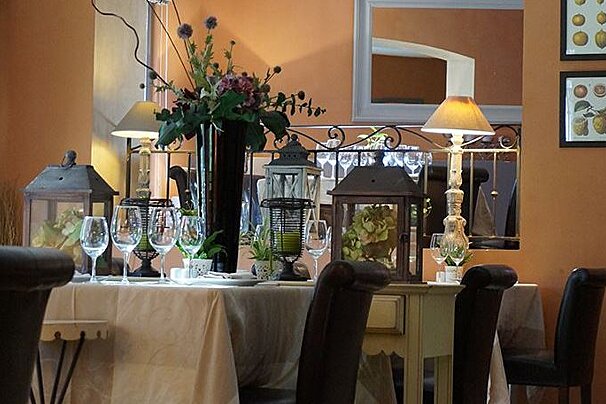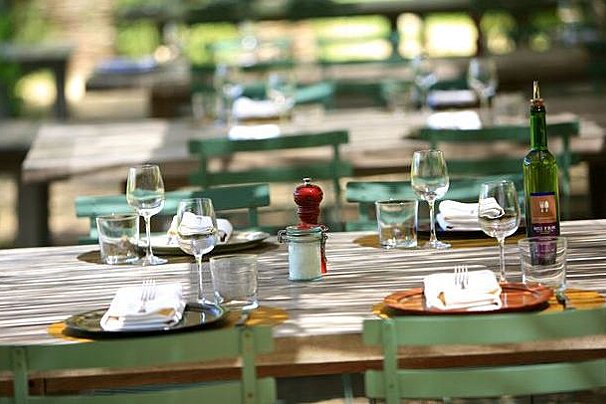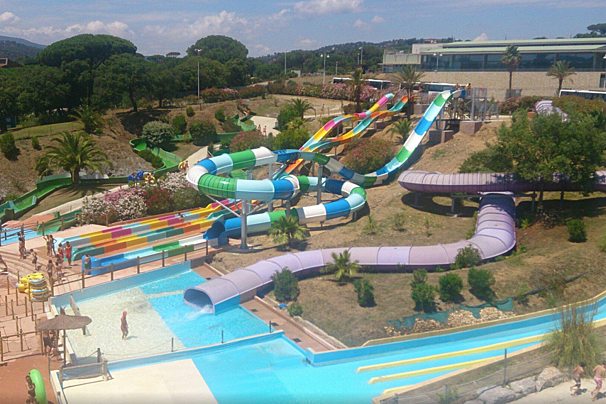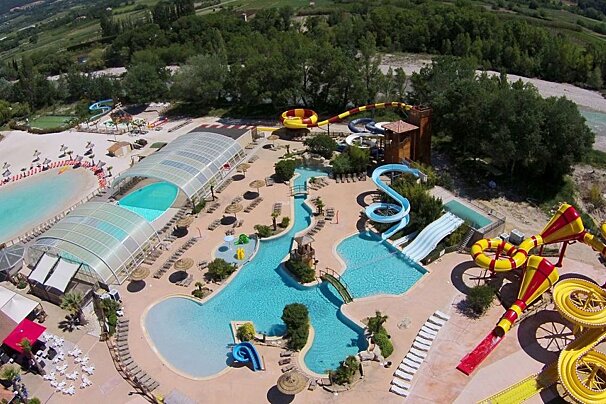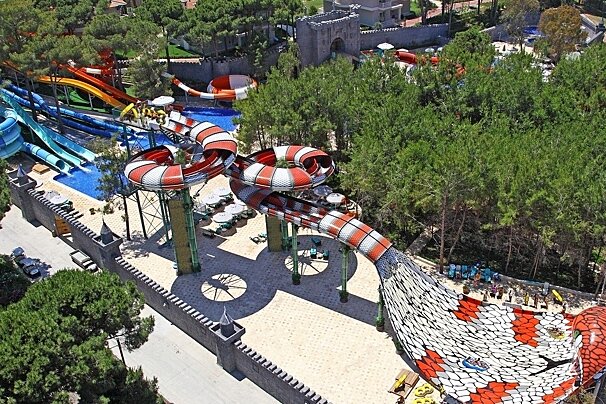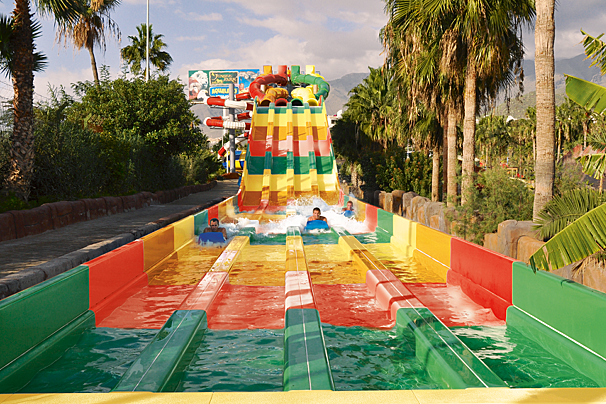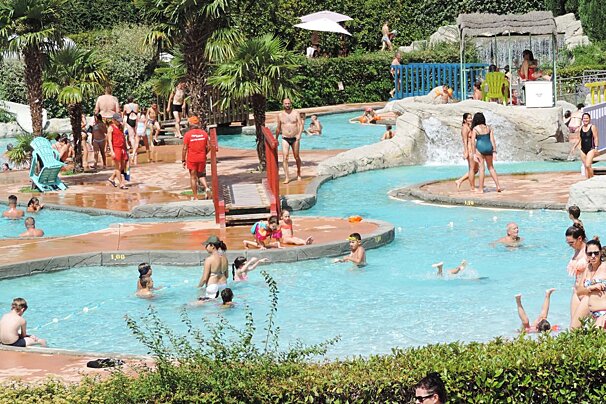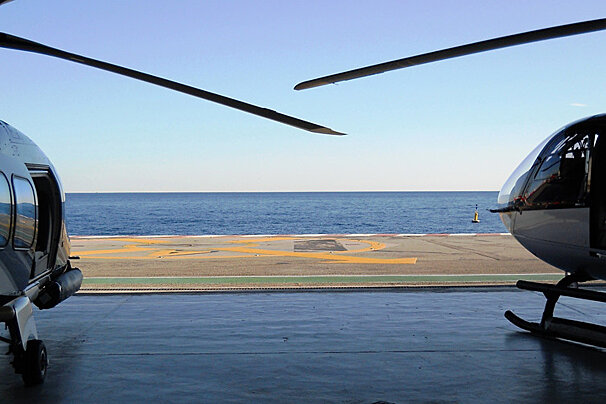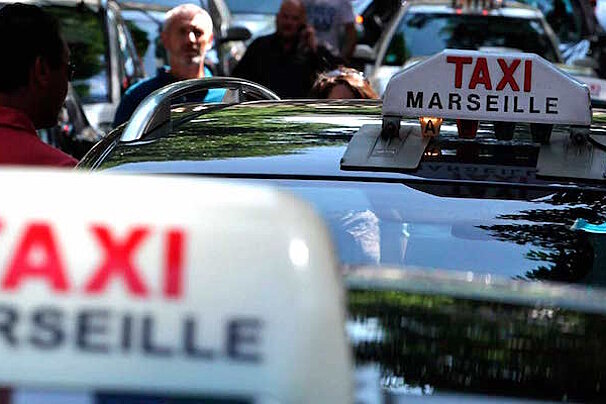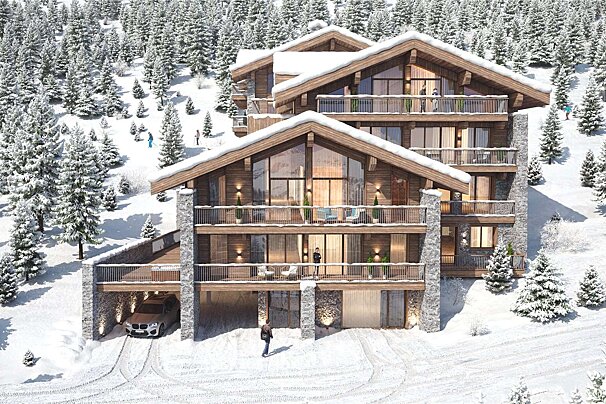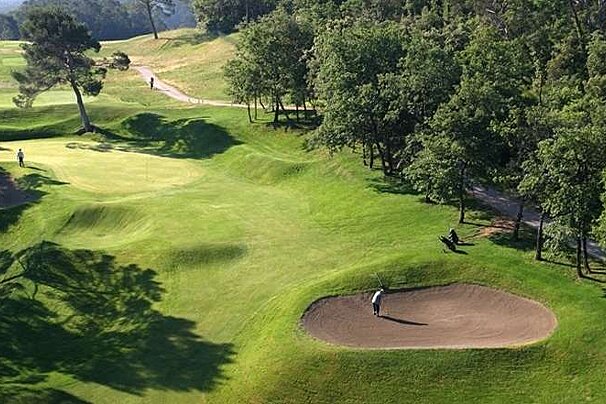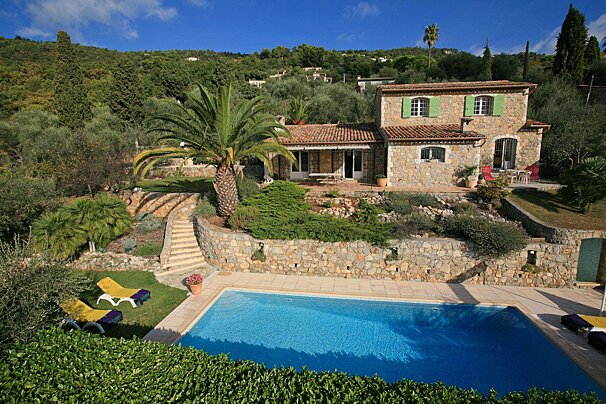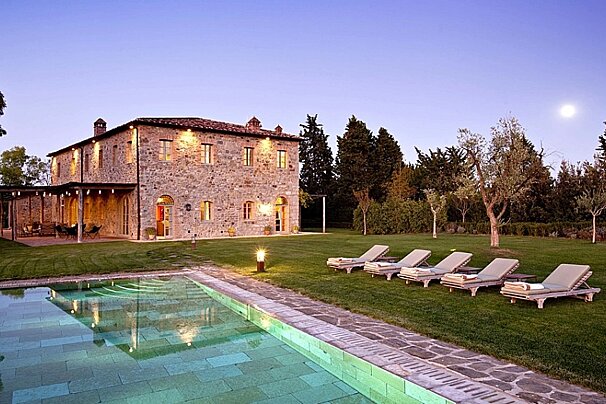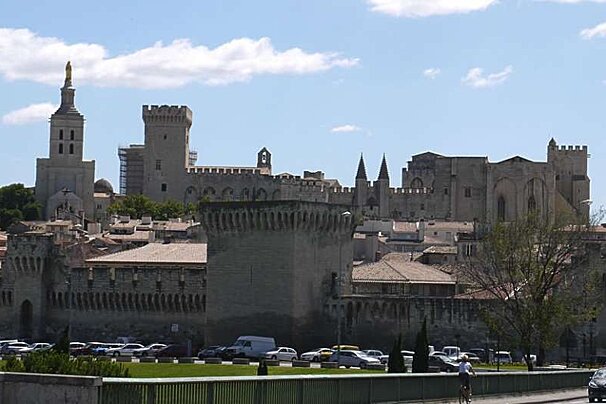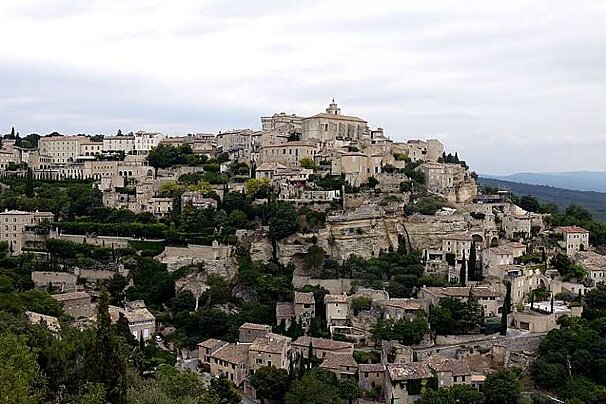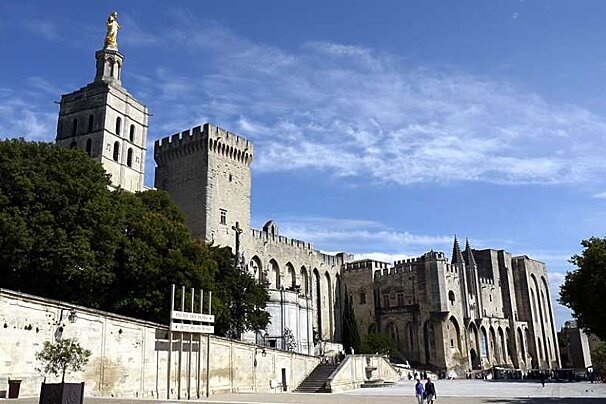Antibes
Characterful town with an impressive marina
Here you find a rich mix of all the elements that make the region of Provence so fascinating: the ancient (the Greek established the town in the 5th century BC), the medieval (the towers of the Grimaldi castle), the vigilance against pirates and other invaders (the ramparts along the sea), 20th century artists (Picasso Museum in Château Grimaldi), the scents of Provence (covered Provençal market) and today's chic (the beautiful yachts in the marina and the sumptuous hotels along Cap d'Antibes).
It has a wonderful old town centre with a covered market and plenty of little cafés where you can contemplate the world as it drifts by.
The Port Vauban is a very popular marina for fancy yachts, and it also hosts a regatta in June.
History & Culture in [locality]
Initially named Antipolis, the town was founded by the Greeks in the 5th century BC, becoming part of the Roman Empire in the 2nd century BC. Once the Roman Empire collapsed, its history becomes turbulent until the 15th century when it comes under French rule and stability is restored.
In the 1800s wealthy nobles began building their holiday residences around the area, and in 1870 the first luxury hotel was built here.
Sights & Attractions in [locality]
The ancient fort guarding the town was built in the 16th century and is open to the public for a small admission fee.
Antibes was home to Picasso in 1946, and over 300 of his paintings are shown in the Musée Picasso in the Château Grimaldi.
The Commune Libre du Safranier quarter of Antibes is dedicated to preserving traditions of the local townspeople and holds festivals and parties to raise money to help those in need.
The Cap d'Antibes is an upmarket area with large discreet villas. You can walk up through the lanes to explore the Cap, passing by some lovely botanical gardens (Jardin Botanique de la Ville Thuret) and on towards lands end where the iconic and luxurious Hotel du Cap sits.
Sights in Provence
See all Sights & Sites-

Jardin de la Fontaine, Nimes
Noted to be the first European public garden, it consists of two landscaped areas: a classic garden of the seventeenth century and a Mediterranean garden landscape style.
-

Aroma Plantes lavender farm & distillery, Sault
This 80 hectare farm and distillery was originally created in 1978 and now welcomes visitors from around the world.
-

Musee des Aromes et du parfum, Graveson-en-provence
Between Alpilles and Montagnette, near Les Baux-de-Provence and St. Remy, the Museum of Aroma and Perfume Graveson-en-Provence welcomes you to the land of fragrances. For nearly twenty years in the former cellars of the Abbey of Saint Michel de Frigolet.
-

Fondation Van Gogh
Vincent Van Gogh moved to Arles in 1888, as so in hommage to the great master, the Fondation Van Gogh has collected works by contemporary artists that are in the style of Van Gogh.
-

Train Touristique du Centre-Var
Discover the rhythm of the central Var, situated between the Verdon and the Sainte-Victoire (painted by Cezanne) in the north and the beaches of the coast in the south, this is a truly beautiful region.
-

Provence Art & History Museum, Grasse
With items from prehistoric times, and fine arts and decorative arts from as early as the 17th century, all the way up to the first half of the 20th century.
Beaches in [locality]
There are a couple of small beaches in Antibes.
Plage de la Gravette is next to the marina, and Plage de la Groupe and Plage de la Salis lie to the south west of the town.
Dining in [locality]
Wander through the streets of the old town, along the Cours Masséna (where the covered market is) you'll find many restaurants with outdoor seating.
Restaurants in Provence
See all Restaurants-

Cote Sud Restaurant, Uchaux
The Cote Sud has a charming sophisticated interior and includes a lovely terrace where you can enjoy your food when the weather is warm enough.
-

L'Epice & Love Restaurant
This is a popular place with both locals and travellers. It has a small cosy interior so if you want to dine there, best to get there earlier rather than later.
-

La Cour d'Honneur Restaurant
Located right in the centre of Avignon on a well known shopping street is La Cour d'Honneur.
-

Les Chenes Verts Restaurant, Tourtour
This Michelin starred restaurant is situated on the outskirts of Tourtour and specialise in truffle dishes.
-

La Chassagnette Restaurant
This organic Michelin starred restaurant is situated just 12km outside Arles on the road to Sambuc and is run by the chef Armand Arnal.
-

L'Autruche Restaurant
Small restaurant where you will never eat the same thing twice. Their menu is solely based on what good fresh ingredients the local market has to offer in the mornings.
Things to do in [locality]
If you arrive in the morning, head for the Provençal covered market first. Take in the colours, the scents of the rich products of Provence. Then, wander about the narrow streets behind the ramparts and peek over for a splendid view of the Mediterranean sea.
Just behind the ramparts, you find the old Château Grimaldi. This castle used to belong to the same family that now resides in Monaco. Of the medieval structure only the tower remains; the rest was rebuilt in the 16th century.
The main attraction of the Grimaldi castle is the Picasso Museum. In 1946 Picasso resided in Antibes, but had no studio to work in. The curator of the then small, historical museum in the castle invited Picasso to use a floor as his work place. For months, Picasso worked "comme un fou" and produced more than a hundred paintings and pottery, the best known, perhaps, La Joie de vivre-Antipolis. Picasso, known for his stinginess, atypically donated his work to the town of Antibes, upon which the curator immediately renamed his museum as Picasso Museum. Undoubtedly, this museum is worth a visit. There are also works by other artists, such as Calder, Modigliani and Max Ernst.
Things To Do in Provence
See all Activities & Trips-

Wave Island Waterpark, Monteux
This huge waterpark covers an area of 4.7 hectares and includes a surf simulator, waterslides and a river feature called river land.
-

Aqualand Waterpark, Sainte Maxime
This is probably the most family orientated waterpark on the Cote d'Azur. With several friendly slides, a fun pool, food and drinks, ice creams, and shopping all at hand.
-

Domaine Le Sagittaire Waterpark, Nyons
In the depths of the Drôme countryside in the French Provence, this 5 Star Residential Campsite comes complete with an entirely heated Aquatic Complex, which is open to the public.
-

Aqualand Waterpark, Frejus
With numerous slides, including the King Cobra - unique is western Europe - this is the largest waterpark on the Cote d'Azur! Inludes a rest area, show area, clockroom, fast food, grill and pizzeria, ice creams, drinks, and shop.
-

Aqualand Waterpark, St Cyr Sur Mer
Aqualand in St Cyr Sur Mer offer you 11 wicked slides in a great park environment with drinks, food, and shops for you to enjoy.
-

Nyonsoleiado Waterpark, Nyons
Waterpark complex that contains a lagoon, 25m pool, whirlpool basin, waterslides for children and adults, cascades of water, rivers, paddling pools and much more.
How to get to [locality]
Approaching Antibes from the Autoroute by way of the D35 is a challenge. The departmental road is stuffed with traffic, winding its way around numerous rotaries, stopping at countless traffic lights. One can try to approach the town in a circumventive way, taking the Cap d'Antibes road for instance. But the many extra miles may not make up for the lesser irritation.
Parking can be difficult. It's best to opt for paid parking if it's still available. Off-season, you may find free parking along the ramparts, but even then you're lucky to find a place.
Transfers for Provence
See all Airport Transfers-

Avignon City Taxis
Avignon City Taxis at your disposal 24/7 for taxi services and transfers airports and railway stations in Avignon and in the entire region.
-

ABCD Taxi, Apt
All taxi services 24/7 within a 60 mile radius.
-

Private Jet and Helicopter Transfers
With an International fleet of jets and helicopters based across Europe it is quick and easy to get a private charter flight for business, pleasure or an airport transfer.
-

Helicopter Transfers and Scenic Flights
With a long history and experience in the VIP transport industry this company is proud of its personal and high-quality services.
-

Helicopter Leisure Flights & Transfers, Marseille
Helitec caters for all your helicopter needs from passenger transport to aerial photography, filming, transport of heavy goods, leisure flights over Provence and the South of France. A great way to see the most beautiful spots from the air.
-

Les Marseillais Taxi, Marseille
300 vehicles at your disposal. All taxi services and transfers airports and Railway stations.
Property For Sale in [locality]
Property for Sale in Provence
See all Property For Sale-

Villa for Sale
Located in a sought-after area not far from Gigaro beach, this plot offers open views of the sea (on a side) and countryside.
Price: €756,000
-

Villa for Sale
Contemporary villa with sea view in a secure estate in Sainte-Maxime
Price: €5,490,000
-

Chalet for Sale, Val d'Isere
Rarely available Savoyard chalet in an elevated position with far reaching viewings over Val d'Isère
-

-

Chalet for Sale, Val d'Isere
Exquisite and exclusive new development of ski-in, ski out chalet-style apartments
Price: €8,395,000
-



